A few weeks ago, I took a journey up the California coast. I left San Diego on a Saturday morning, and then drove to LAX, where I picked up an old friend who had flown in from Phoenix. We then drove north to San Luis Obisbo, and had dinner in Morro Bay. Sunday morning, we drove north to Big Sur, and checked in at our destination, the Esalen Institute, where we were scheduled to attend a 5-day hiking workshop.
For the next five days we were going to be “roughing it” – hiking into the wilderness each day, but then taking a long, hot shower at the end of the day, enjoying a sumptuous gourmet dinner, and then talking about our experiences in the evening (mixed in with some poetry from John Muir), and then sleeping in warm beds each night, disrupted only by the sounds of the wind and ocean. It was a week of magic and mystery, and a much needed vacation. A chance to dis-engage from day-to-day responsibilities, and to settle back into the soul.
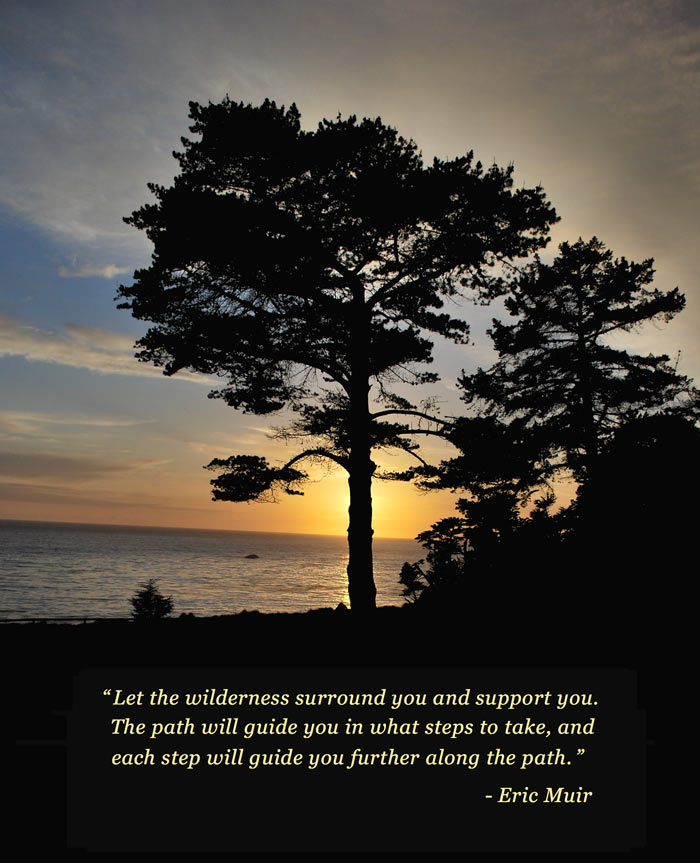
When we checked in the first night, we were all asked to review the equipment list, and confirm that we had the recommended equipment. As I reviewed the list, I realized I had everything except a 1-liter water bottle. No problem, I thought, I always have an extra water bottle or two in the trunk of my car.
The next morning, I dug through my trunk, and while I found a few water bottles, the only bottle that was large enough was an empty 2-liter soda bottle. This will work, I said to myself. I threw it in my backpack. For the next five days, I used that bottle each and every day. I would fill it up with fresh water each morning, and savor fresh water every time we took a break. Each evening, I would drain the bottle, clean the cap, and let it dry overnight. The next day I would repeat the process.
I must confess, the first few times I used that bottle I felt a little bit silly. Here we were, hiking in the wilderness with our REI back packs, Gore-Tex rain gear, and vibram-soled hiking boots, and I’m drinking water out of a discarded 2-liter green soda bottle with a bright yellow and orange label. Still, I didn’t really think about it all that much. It’s just a water bottle. Who cares what it looks like? Or what brand it is?
During the week, I got to know the other hikers in the group. There was an artist, a nurse, a couple of architects, a music industry professional, a chiropractor, a psychotherapist, a project manager, a retired dentist, and me, a plastics guy. We all came from different places and different walks of life, but each of us shared a love for the wilderness.
One evening, at dinner, someone asked me, “What is the significance of the Squirt bottle you have been using as a water bottle? Are you trying to make a statement about plastics recycling?” I shrugged, and said no, and said something about forgetting to pack properly, and that I had found the bottle in the trunk of my car. We all laughed. Been there, done that.
The next day, as we were engaged in a walking meditation, I found my thoughts drifting. In between breathing and being in the moment, and focusing my thoughts on the here and now, I found myself thinking about the book I had just finished writing, the path I had been on, and the guides and teachers who had influenced me on that path.
I remembered a story I had heard years earlier about the intersection of art and science. I had been told this story when I was living in Wilmington, DE, as I was working for the DuPont company. A few miles from Wilmington, on the shores of the Brandywine River, there is a small art museum. Included in its collections are the works of the artist N.C. Wyeth, along with those of his son Andrew Wyeth, and his grandson Jamie Wyeth. Some call them the First family of the American Regionalism art movement. However, the story I had been told was not about art, but about the work of Nathaniel C. Wyeth, the son of N.C. Wyeth, and the brother of Andrew Wyeth.
Nathaniel was not an artist, but a mechanical engineer who went to work for DuPont. Among his many contributions was his work on developing the technology to allow polyethylene terephthalate (PET) to be molded into a hollow shape. This technology led to the development of blow molded plastic bottles of exceptional strength and durability, enabling not just plastic soda bottles, but the packaging of fresh water and medicine. One could argue that this invention was one of the most significant technical accomplishments of the 20th century – one that has improved the quality of life for billions of people around the world. Ironically, Nathaniel retired from DuPont in 1976, the very same year I graduated from high school.
After we finished our walking meditation, I reached into my backpack, and pulled out that worn out Squirt bottle. As I took a long, slow drink, I realized that I was carrying a work of art, one made possible by someone ahead of me on the path. I closed the cap, put the bottle back in my pack, and kept walking.
Take nothing but photographs, leave nothing but footprints.
For more information about Nathaniel Wyeth
For more information about the Wyeth family of artists
For more information about John Muir
For more information about the Esalen Institute
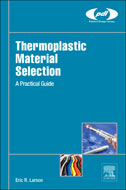
Eric’s newest book, Thermoplastic Material Selection: A Practical Guide, was published in May of 2105 by Elsevier, and is available from Amazon. Elsevier is one of the world’s largest academic publishers. This article was originally posted on the Elsevier author site, and is re-printed here with the permission of the publisher.


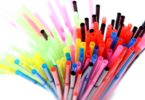
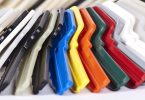
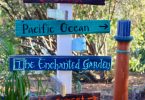



Very interesting, Eric. I write a lot about the “Path” and the seemingly strange twists and turns the Universe takes us on our journey, and certainly plastics has been an important part of my path. While I didn’t plan it that way, I’ve always believe that if one opens one’s Mind to “what is” one will eventually be on the Path that is the perfect Path. You are a good writer — both sides of your brain obviously work well together!! LOL!